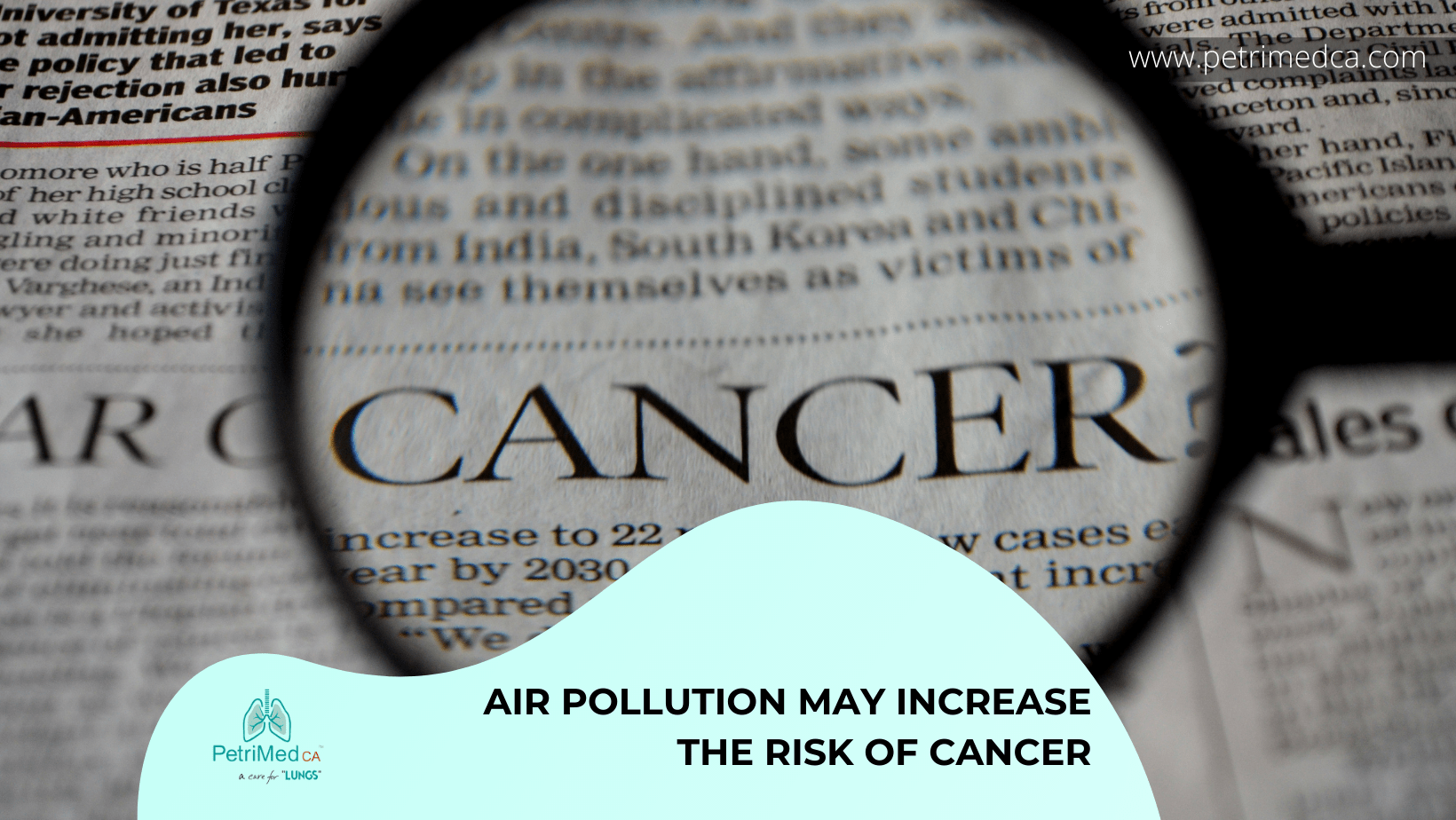Air Pollution: Genesis of Many Forms of Cancer
23 Oct 2021
Air pollution may trigger the risk of several types of cancer, a new study reveals, at the same time listing out some measures to minimize the adverse impact of pollutants.
Air pollution, a blend of fine particles, pollens, smoke, chemicals, traffic exhausts, etc., has already been identified as a key factor for increasing the risk of a wide range of diseases, including cancers.
A joint study, carried out by researchers of Hong Kong and the UK, shows a long exposure to ambient fine particulate matter and other toxin particles may trigger the risk of several types of cancer such as breast, liver, and pancreatic cancer.
Ambient fine particulate matter has an aerodynamic diameter of less than 2.5 micrometers and is known as PM2.5.
The researchers found some possible clarifications related to the risk associated with air pollution. They theorized that the DNA repair function might have some defects due to air pollution. Consequently, it may alter the body’s natural defense response and may trigger angiogenesis.
Fine Particles Damaging to Our Bodies
The natural defense system of our body is suitably efficient to help us to sneeze out the large particles. But when we breathe in fine particles, they penetrate our immunity system and go deep into the lungs, leading to many health problems. Sometimes, they can even get mixed with the bloodstream in case of extreme exposure to air pollution.
The International Agency for Research on Cancer (IARC) conducted extensive research to examine the air quality everyone is exposed to. They concluded that exposure to ambient fine particulate matter may intensify the risk of bladder and lungs cancer. They also highlighted that the consequences might be equal to breathing tobacco smoke.
Who Are Vulnerable?
People who live in an area with a high concentration of fine particles and pollutants are at risk. And those who are suffering from diabetes, lungs, and heart diseases are more vulnerable.
· Infants and young kids
· People who do physical activities in the outdoor environment
· People in poverty;
· People who don’t have easy access to healthcare facilities
· People who are addicted to smoking or breathe in second-hand smoke
· People who work in places with a high level of pollutants and tiny particles
How to Ensure Clean Air?
While most of us can’t change the entire world, there are some effective measures to reduce exposure to toxins and tiny particles.
Steps like using advanced air purification systems, avoiding outdoor activities and traffic exhaust, and saying no to tobacco can be highly effective in reducing the chances of breathing in contaminated air.
Unexpected change is like a breath of fresh air – a little brisk at first, but magic for the body and soul. – Susan Wiggs
Consider Air Purifier
A home air purification system may be effective in destroying fine particles. But a person needs to be careful while selecting the one – settling for ordinary home air purifiers can never be useful. Experts believe that the PM2.5 and other fine particles can be destroyed with the air purification system featured with medical-grade HEPA filters with 99.999% air filtration efficiency.
PetriMed CA™ Air Purification System might be a perfect solution to the contaminated air. It offers medical and aviation-grade air filtration efficiency using advanced technologies like nano-sliver anti-bacterial layer, activated carbon filter, UV-C disinfector, built-in air ioniser, nanomolecular sieve, and H14 ISO 50U HEPA filter.
Until the entire world takes up an undivided measure to cut down on their carbon footprints, it is our responsibility to help ourselves and the people, we care about, breathe easier.
Written By: Mr. Nishant Gupta (M.sc Microbiology)
